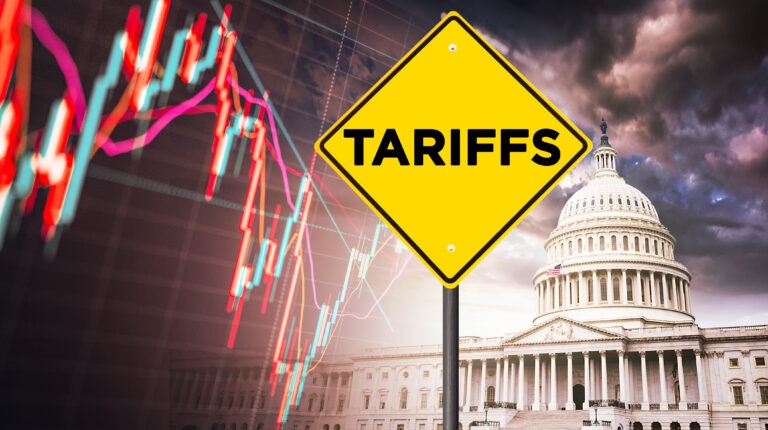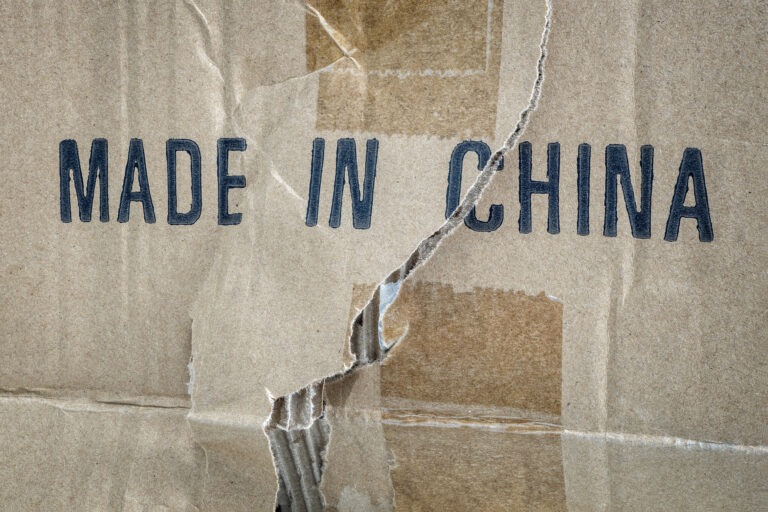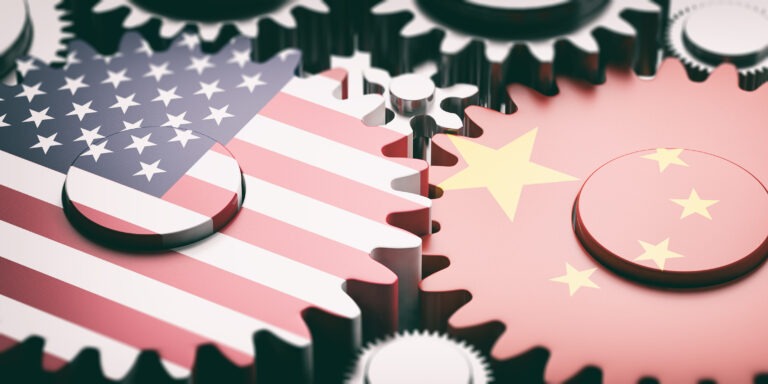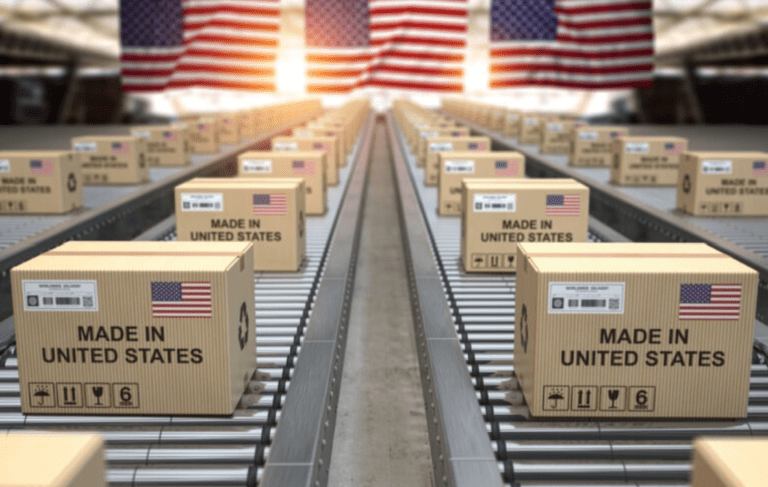What does all this mean for U.S. manufacturers? In short: your costs just went up — and not by a little.
Even before these latest tariffs, manufacturers were already navigating inflationary pressure and increased wage costs.
Now, with imported inputs from China becoming significantly more expensive, many companies are looking at double-digit margin hits unless they act fast.
And this isn’t just about inputs.
You might also see higher costs for replacement parts, production equipment, or even packaging — all of which can add friction to your lead times, purchasing decisions, and production schedules.
Your customers will notice too.
Whether you’re a supplier to OEMs or sell directly to consumers, price increases are back on the table — and that brings its own risks in competitive markets.
Here’s the good news: while the situation is tough, it’s also forcing overdue changes — and opening the door to real opportunities for those who move quickly and smartly.
First, if you haven’t already done so, audit your China exposure.
You need visibility not just into Tier 1 suppliers, but into every material or component that flows into your production line.
It’s no longer enough to “buy American” on the surface — many “Made in USA” products still rely heavily on imported parts.
Second, consider alternative sourcing strategies.
Countries like Mexico, Vietnam, India, and even reshoring options here in the U.S. are becoming more viable, especially with the right technology and supplier relationships.
Yes, switching suppliers isn’t simple — but neither is absorbing a 20% margin hit year after year.
Third, sharpen your trade compliance and tariff strategy.
Are you classifying your products correctly?
Are you taking advantage of FTAs (like USMCA) or duty drawback programs?
There’s real money on the table here, and proactive compliance is often cheaper than reactionary cost-cutting.
Finally, this is the time to lean into supply chain digitization.
The companies best equipped to respond to these changes are the ones who can see their data clearly.
If you’re still running procurement and supply chain decisions off spreadsheets and gut feel, you’re going to fall behind fast.











